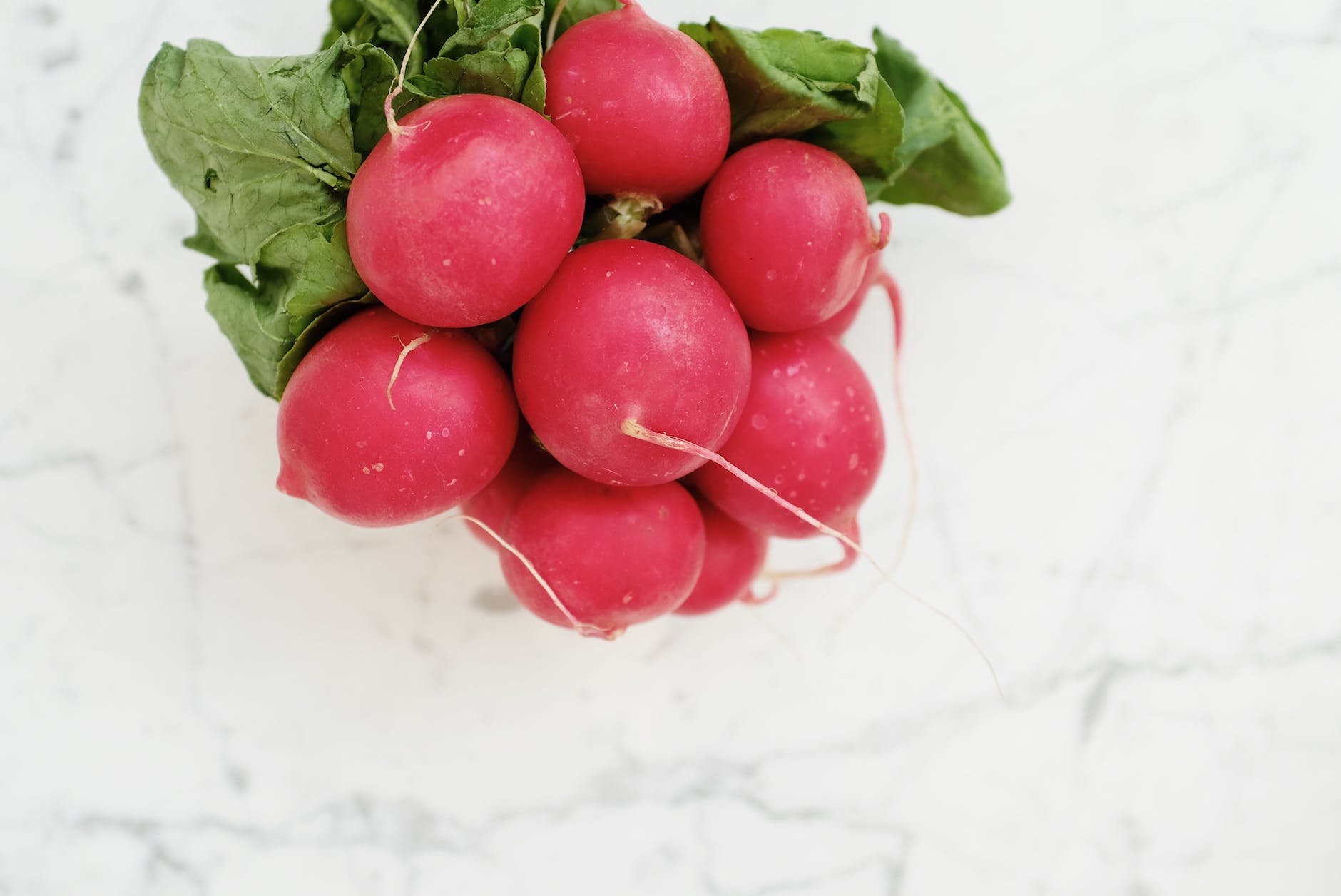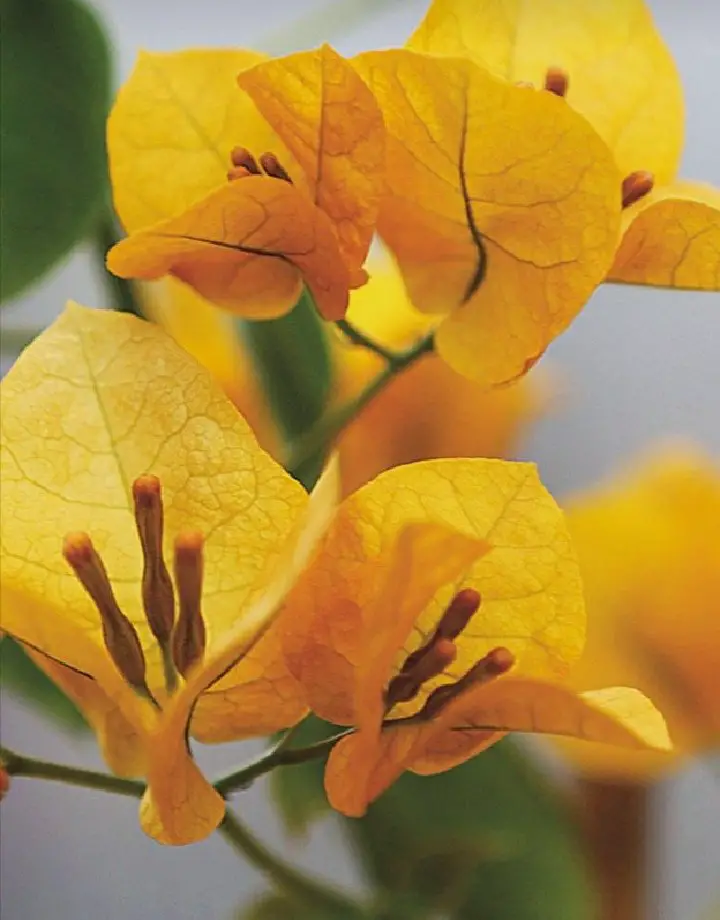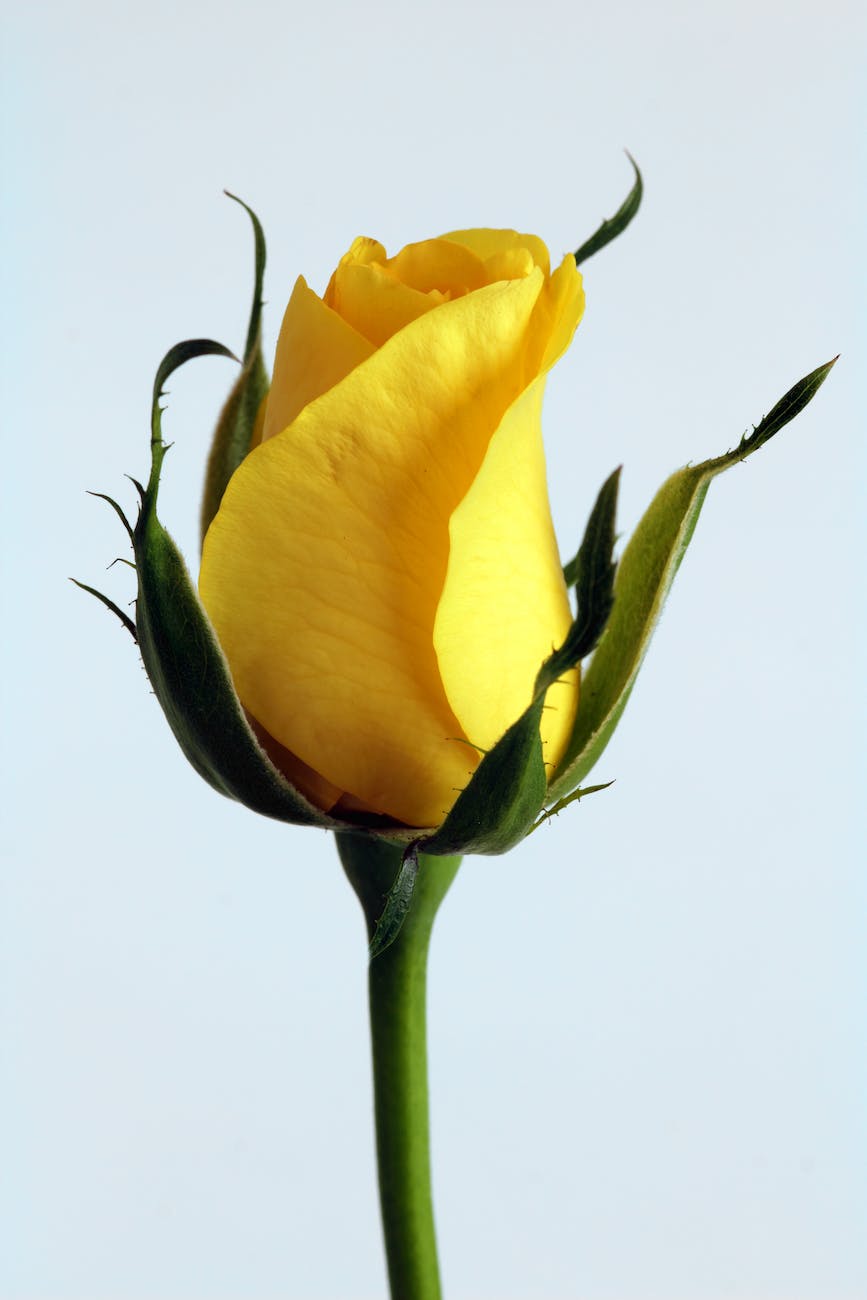I see you want to care for Radishes or want to plant Radishes✓ Radishes are a type of root vegetable that are often grown in home gardens due to their fast growth and low maintenance requirements. They are easy to care for, making them an attractive choice for beginner gardeners. In this article, we will provide detailed guidance on how to care for radishes to ensure a successful harvest.

To grow radishes, you will need to start by preparing the soil. Radishes prefer loose, well-draining soil that is rich in organic matter. Therefore, before planting, you should consider adding compost or other organic matter to boost the soil’s nutrient content.
Radishes can be grown from seeds and are usually sowed directly into the soil. You should plant the seeds in rows and cover with a thin layer of soil. Radishes require consistent moisture to germinate, so make sure to water the soil regularly.
Once the seedlings have emerged, you should thin them out to ensure they have enough space to grow. Radishes do not require fertilizer but can benefit from additional nutrients through the application of compost or other organic matter.
Radishes are fast-growing vegetables and can be ready to harvest within 3-4 weeks of planting. To ensure a continuous supply, you can plant radishes every two weeks throughout the growing season.
growing radishes is an easy and rewarding process. With proper soil preparation, consistent watering, and regular thinning, you can successfully grow a crop of delicious and healthy radishes in your home garden.
Soil requirements for radishes
Radishes grow best in well-draining, loose soil that is rich in organic matter. They prefer a pH range of 6.0 to 7.0. It is essential to have soil that drains well as radishes cannot grow in waterlogged soil. Ensure that the area where you plant the radishes receives full sunlight.
How and when to plant radishes
Radishes are cold-season crops that grow best in early spring and fall. You can sow the seeds directly into the garden bed, or you can start them indoors and transplant them outdoors once the weather has warmed. Seed can be sowed at a depth of about ½ inch and spaced about two inches apart. If you plan to grow more than one row, the rows should be spaced at least a foot apart. The seeds will take between three to ten days to germinate, depending on the variety you are growing.
Watering:
Radishes require consistent moisture to grow well, but they should not be overwatered.
soil should be kept evenly moist, but not waterlogged. Overwatering may cause the seed to rot, and it could lead to other diseases. Water the radishes regularly, particularly during dry spells.
Radishes Fertilization
Radishes are root vegetables that don’t require heavy feeding because they grow and mature quickly. If you add too much fertilizer, it can cause the quality of the radish to deteriorate, and it can cause the plant to bolt (flower and set seed prematurely). Excessive leaf growth can also occur at the expense of root development when too much fertilizer is used. To avoid these issues, it’s recommended to apply a balanced fertilizer with an NPK ratio of 10-10-10 at half-strength before planting. You should avoid frequent applications of fertilizers to prevent over-feeding the radish plants.
Here are some suggested Amazon products related to radish growing:
1. Dr. Earth Organic 5 Tomato, Vegetable & Herb Fertilizer – A balanced fertilizer that is 100% organic and great for all types of vegetables and herbs.
2. Alaska Vegetable & Tomato Dry Fertilizer – A great fertilizer for vegetables and tomatoes that feeds up to 3 months.
3. Miracle-Gro Performance Organics All Purpose Plant Nutrition – A plant food that is certified organic and great for all types of plants, including radishes.
4. FoxFarm Happy Frog Tomato & Vegetable 7-4-5 – A natural and organic fertilizer that provides essential nutrients to promote healthy growth and high yields.
5. Espoma Organic Garden-tone Herb & Vegetable Fertilizer – An all-natural fertilizer that is perfect for organic gardening and contains beneficial microbes and mycorrhizae.
6. Jobe’s Organics Vegetable & Tomato Fertilizer Spikes – Easy-to-use fertilizer spikes that provide continuous feeding for up to 8 weeks.
7. Earthworm Technologies EWC Vermicompost Organic Fertilizer – A high-quality organic fertilizer made from worm castings that is rich in nutrients and beneficial microorganism
Radishes Thinning
Thinning refers to the practice of removing excess or unwanted seedlings from a garden or farm field. In the case of radishes, thinning involves cutting away some of the sprouted seedlings to create more space between the plants. When radishes are too densely packed, they will compete with each other for nutrients, water, and other resources, which can lead to stunted growth, poor quality roots, and lower overall yields.
By thinning the radishes to two inches apart, there will be enough space for each plant to grow and develop properly. This means that each plant will have adequate access to the nutrients, water, and sunlight it needs to thrive and produce high-quality roots. Ultimately, thinning is an effective way to ensure that radishes grow healthy and strong, and that they produce a bountiful harvest
Harvesting:
Radishes are ready to be harvested after four to six weeks, depending on the variety that you are growing. The radishes will begin to push out of the ground once they are ready, and you can pick them at any time. To store radishes, cut off the leaves and store them in a cool place, such as the refrigerator, for up to three weeks.
Radishes Pests and proplems
Radishes are a popular root vegetable that is simple to grow and widely enjoyed for their crunchy texture and spicy taste. However, like any other vegetable, radishes are prone to pests and problems that can damage or even kill the plant before it can bear a harvest. In this article, we will discuss the most common pests and problems that radishes face and offer solutions to help you keep your radish crop healthy and productive.
Pests:
1. Aphids: Aphids are tiny, soft-bodied insects that suck the sap out of radish plants, causing them to wilt and eventually die. They also excrete a sticky substance called honeydew that attracts other pests and can promote the growth of fungus. To control aphids, spray the plants with a mixture of water and dish soap, or introduce natural predators like ladybugs or lacewings to the garden.
2. Flea Beetles: Flea beetles are small, black beetles that leave tiny, round holes in the leaves of radish plants. These holes can weaken the plant and make it more susceptible to disease. One solution to this problem is to cover the plants with insect netting early in the season, or simply plant radishes later in the season when the beetles are less active.
3. Root Maggots: Root maggots are the larvae of the cabbage root maggot, and they feed on the roots of radish plants, causing stunted growth and wilting. To prevent root maggots, plant radishes in a different part of the garden each year, and avoid planting them near other brassicas like broccoli or cabbage. You can also use insecticide labeled specifically for controlling root maggots.
4. Cutworms: Cutworms are night-active caterpillars that cut through stems at ground level, causing young radish plants to fall over and wither. To prevent cutworms, apply a ring of diatomaceous earth or cardboard collars around the base of the plant at soil level. This will make it difficult for the cutworms to reach the stems.
Problems:
1. Clubroot: Clubroot is a fungal disease that causes the roots of radish plants to become swollen and misshapen, eventually killing the plant. To prevent clubroot, rotate crops and avoid planting radishes in soil that has been previously used to grow brassicas.
2. Bolted Radishes: Bolted radishes are ones that prematurely flower and produce seeds, before the radish has a chance to fully develop. This is often due to high temperatures or lack of water, so be sure to keep radishes well-watered and plant them in a cool, shaded area.
3. Fungi Diseases: Fungi diseases like damping off, Fusarium wilt, and Pythium can affect radish plants and cause them to wilt and die. To prevent fungi diseases, avoid overwatering, and make sure to keep the soil well-drained. You can also use a fungicide labeled specifically for controlling fungi diseases.
4. Salt Injury: Radishes are sensitive to high salt levels in the soil, which can cause the leaves to yellow and the roots to be small and stunted. To prevent salt injury, make sure to water radishes regularly and fertilize with a low-salt fertilizer.
In conclusion, while radish pests and problems can be frustrating, there are many solutions to keep them under control. By following proper planting and care techniques and being proactive with pest control, you can protect your radish crop and enjoy a bountiful harvest of delicious root vegetables.
Radishes can be easy-to-grow and need minimal maintenance. Healthy, vigorous plants and proper soil, watering, planting, and fertilization techniques make growing radishes easy. Start your radish cultivation early in the season if you want to achieve a good harvest. Use the tips outlined here for the care of radishes, and you will undoubtedly grow bumper crops
sources for further reading on radish plant care:
1. The Old Farmer’s Almanac: https://www.almanac.com/plant/radishes










